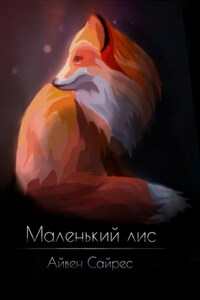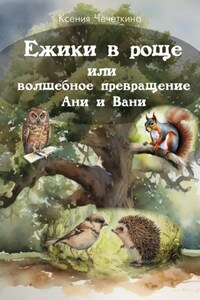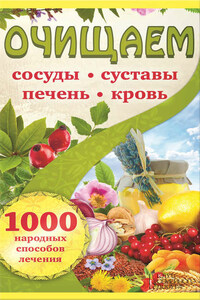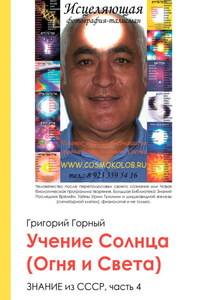Wild Orchids of Britain

A treasure for all lovers of wild plants – Wild Orchids of Britain provides a detailed account of all our orchid species, varieties and hybrids, and has a useful key to identification. This edition is exclusive to newnaturalists.comNow published in ebook format, with a complete set of new distribution maps from the Atlas of the British Flora, this beautiful book remains the standard work in its subject, a treasure for all lovers of wild plants. Dr. Dummerhayes, in charge of the orchid collection at Kew from 1924 to 1964, looks at our fifty-odd species in relation to the vast orchid family throughout the world, discusses their general biology and natural history in Britain, gives a detailed account of all our orchid species, varieties and hybrids, and provides a useful key to identification.The colour photographs represent every known British species with the exception of Orchis cruenta and O. occidentalis.







